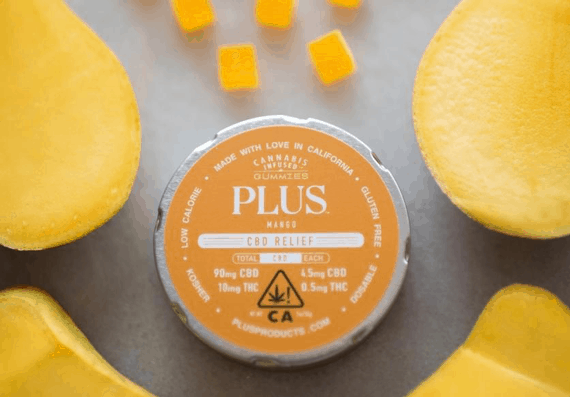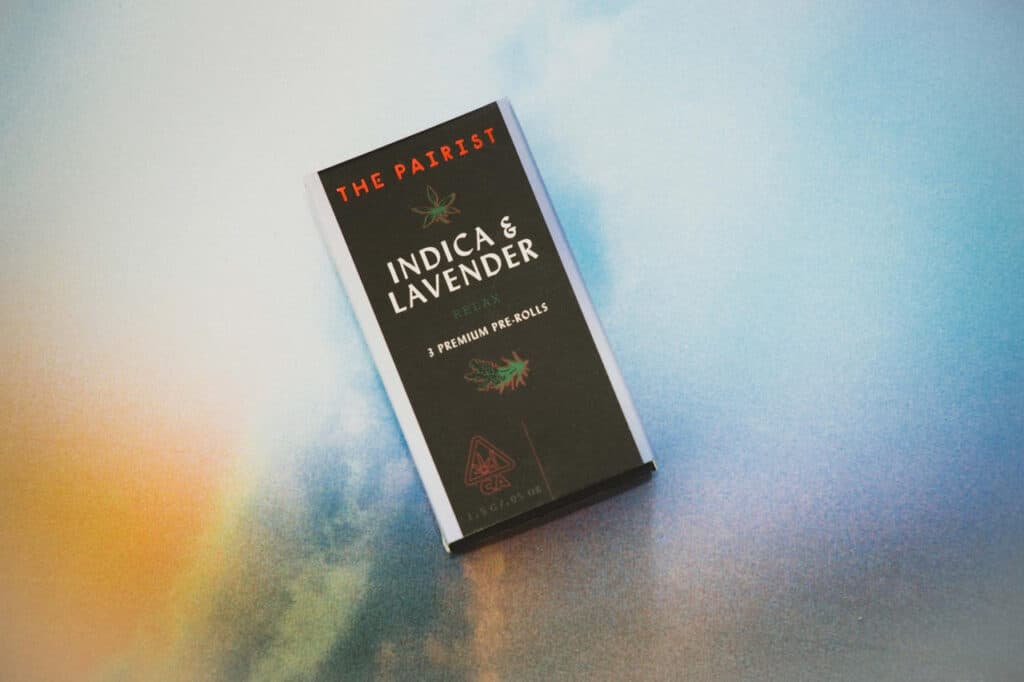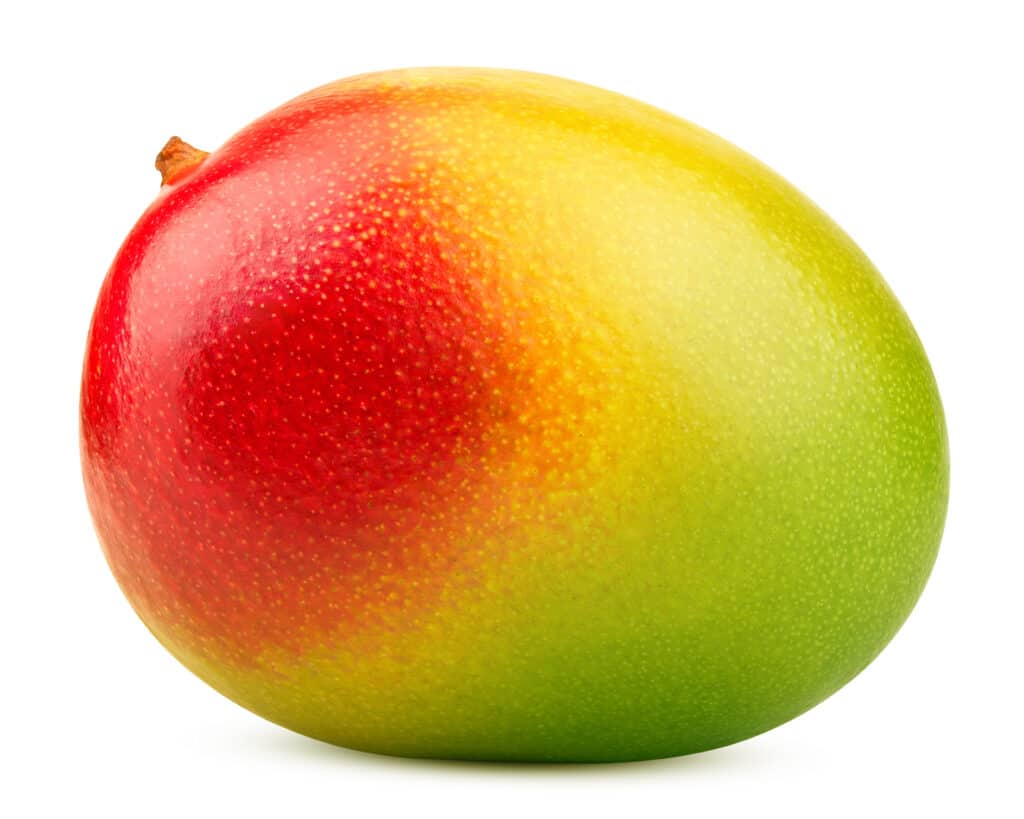Ever hear of the mango myth?
Rumor has it that eating the tropical fruit before smoking/ingesting cannabis will intensify the high. The urban legend stems from the fact that mangos contain a sizeable portion of myrcene, a monoterpene found in cannabis and other botanicals, believed to create synergy, allowing cannabinoids to penetrate the blood-brain barrier. The assertion is difficult to prove given the lack of hard scientific data, but the hubbub surrounding this terpenoid doesn’t end here.
To cannabis users, myrcene is best known for promoting sedation. The notorious “couch-lock” effect is frequently connected to this particular terpene. Myrcene tends to be more abundant in indica or hybrid strains, as evidenced by heavy hitters like Blackwater, Bubblegum, Cannatonic, Quantum Kush, and Strawberry Diesel.
Myrcene can also be found in a variety of other horticultural specimens, including hops, lemongrass, basil, verbena, thyme, bay leaf, and of course, mango. The sedative quality ascribed to myrcene is linked mostly with hops and lemongrass, which is why you’ll find it in beers and some teas. In the US, Ahtanum, Galena, Horizon, and Mount Hood species of hops (just to name a few) have essential oils that contain 50% or more of myrcene. However, the plant from which myrcene takes its name—Myrcia sphaerocarpa—is a medicinal shrub from Brazil, known to its neighboring humans as “insulina vegetal” (insulin plant). Multiple species of this plant genera, known collectively as “pedra-hume-caá” or “pedra-ume-caá,“ are used regionally to treat diabetes and stomach issues. Testing of the plant’s essential oils revealed anti-inflammatory, antinociceptive, and antimicrobial properties, among others .
Like its namesake, myrcene possesses the same therapeutic traits as Myrcia. In a 2015 study, myrcene demonstrated remarkable anti-inflammatory and anti-catabolic effects in human chondrocytes—a promising contender in battling osteoarthritis. Another investigation, in which rats were administered lemongrass essential oil as an analgesic, found that unlike morphine, the rats didn’t build a tolerance to myrcene upon repeated injections, a testament to its potential as efficacious medicine.
Historically, folk medicine has favored use of beta-myrcene as a painkiller. Testing has revealed that myrcene has a “lack of affinity for opioid receptors”; it is instead believed to prompt the release of endogenous opiates (i.e., endorphins) in the body. Viola Brugnatelli, a neuroscientist and endocannabinologist at the University of Padua, Italy, postulates: “Better understanding of myrcene interactions within the cannabis plant and its clinical effect in humans may contribute to the developing of specific cannabis genetics to target inflammatory disorders.”

Pain relief is one of the key benefits of terpenes being marketed by brands targeting medicinal cannabis users. In California, PLUS makes an array of “relief gummies,” including Tropical Mango 9:1 CBD, which contains myrcene. Interestingly, it is the only “relief gummy” that features any mention of terpenes in the product information. However, their “Strains” line of strain-specific gummies does include the mix of terpenes used; two of the three products in this line, Pineapple Express and Granddaddy Purple, contain myrcene.

Another California-based company, The Pairist, combines cannabis with herbs that compliment each respective strain, resulting in pre-rolls for all occasions. Candy Cane & Lavender, grown in Humboldt, marries linalool-rich lavender with a myrcene-abundant strain for those seeking relaxation. Or try Rose Kush & Rose Petal, which the brand boasts “includes a head high with limited cerebral effects and a strong tingling sensation.” The latter offering also contains caryophyllene and garaniol, in addition to myrcene.
Myrcene can make up over 50% of a cannabis strain’s terpene profile. According to Hytiva.com, a Portland-based company that profiles flower strains and offers delivery services, the aforementioned Cannatonic strain contains 1.99% myrcene in an overall 2.67% terpene profile, meaning that nearly 75% of its overall terpenes are myrcene. As for the other strains mentioned earlier: Bubblegum averages 58.29% myrcene, Blackwater weighs in at 41.84%, Quantum Kush is 40.38%, and Strawberry Diesel has 40.6%.
Curiously, Grandaddy Purple and Pineapple Express are both marketed as being rich with myrcene, and yet testing information tells a different story. After examining multiple terpene profiles for Pineapple Express, the amount of myrcene is reportedly between 17.4%– and 34%. Numbers for Granddaddy Purple averaged 3.7-3.9%, while one test result listed the amount of myrcene at 40%. Of course it’s impossible to create two identical plants that have all of the same genetic traits, be it height, bud density, or THC content; and apparently the same is true for terpene constituents.
Perhaps if you want to guarantee extra myrcene in your high, you really should consider eating mango before you smoke. Just make sure you’re equipped with everything you need to spend some quality time bonding with your couch.





1 thought on “I wanna be sedated: Why myrcene matters and the brands that are cashing in on it”
Pingback: Lulled by Linalool: What you should know about this subtle yet powerful terpene - MJ Brand Insights